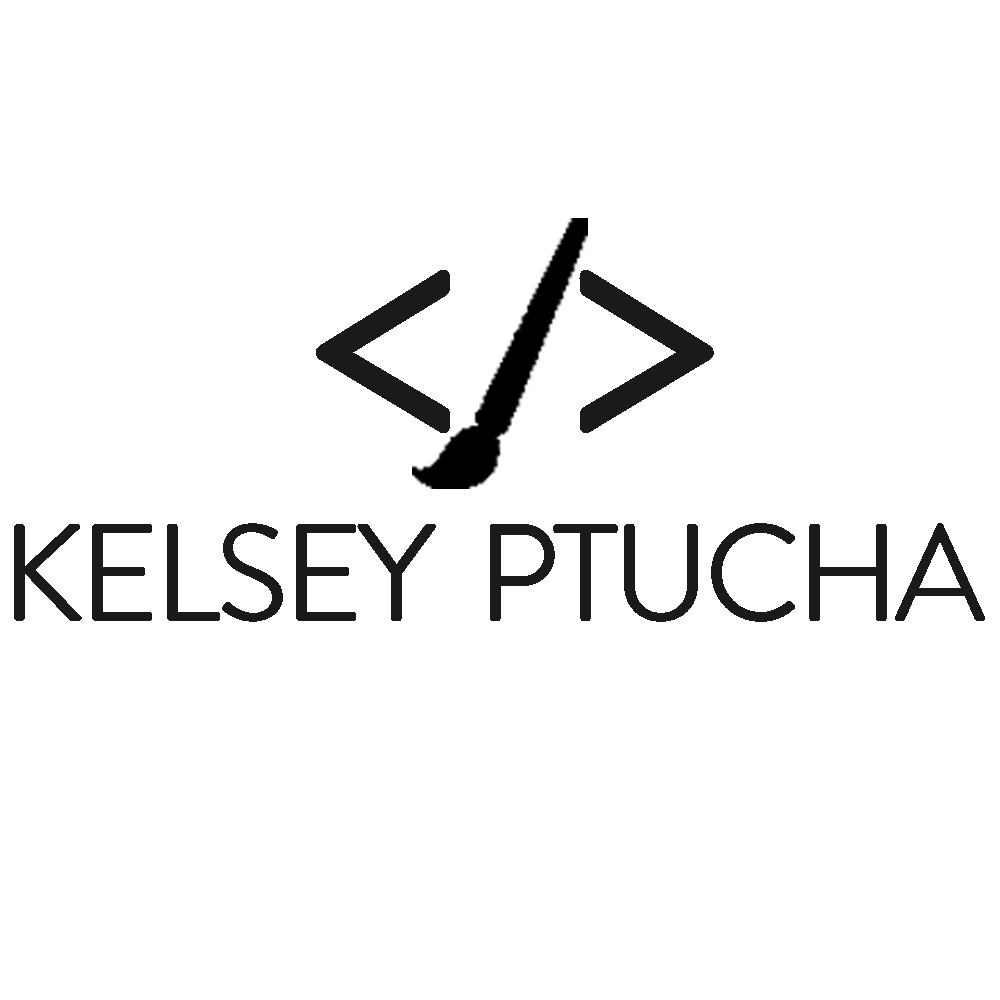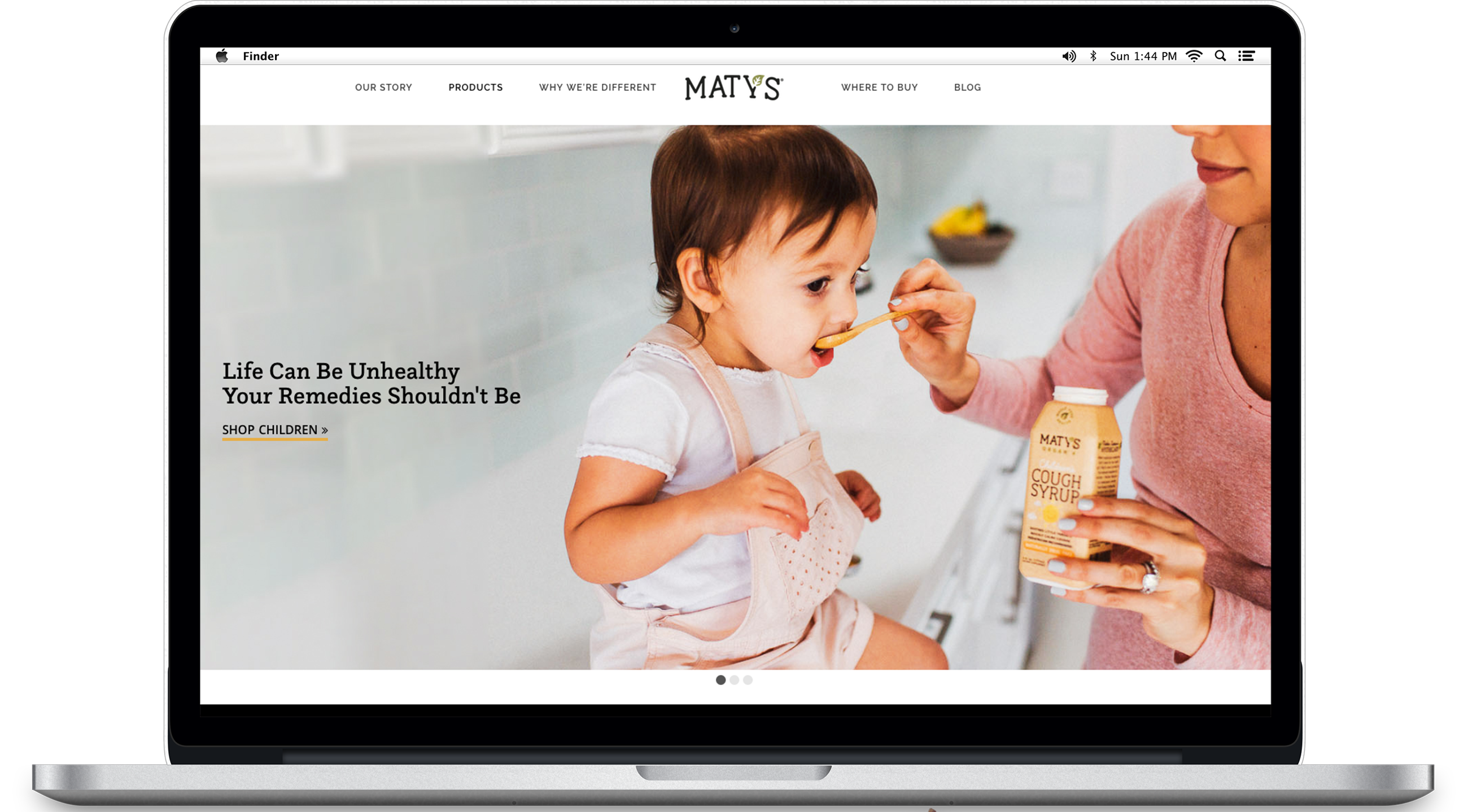Can you manipulate your audience with color psychology?
Color psychology in short, is the science of how color can influence one’s behavior. Over the past few years it has become one of the most intriguing and controversial aspects in Marketing. Colors affect the way we see things. Some colors make us feel happy, others portray a feeling of trust in our minds. But how do we harness this energy to work for us, and is it really possible?
What each color subconsciously means.
Each color evokes a different emotion in everyone. I’ve pulled together general list of what each subconsciously means to many. Some feelings are associated with multiple colors.
Red – Power, Courage, Youthful, Energy, Bold, Strong, Love, Lust, and Excitement
Red is a bold, powerful color. It’s the color of love, lust and youth. It’s only fitting that Maybelline uses splashes of red throughout their homepage. It adds a bit of edge for boldness and emulates your emotion for love.

Image credit — Maybelline
But red doesn’t have to be all about love and lust. Brands like The North Face use red in their Call-To-Action buttons to show Courage, excitement, Boldness, and youth. Their “Explore Steep Series” button in red next to a snowboarder in the mountains captures an exciting, powerful, and courageous emotions. And no, it’s not a coincidence that the snowboarder is also wearing a red jacket too.

Image credit — The North Face
Orange – Fun, Impulsivity, Friendly, Optimistic, & Clarity
The Dollar Shave Club is known for their funny commercials played everywhere. But what people don’t realize is that they’re also great at getting you to buy their product with the color orange. Orange is known as a fun, friendly color that allows us to make impulse decisions, like an impulse purchase.

Image credit — Dollar Shave Club
Upon visiting The Dollar Shave homepage you’ll see a bright orange “Do It” sign which not only sticks out but plays with your impulsivity, so you click on it. From there you’re immediately brought to a page where you can purchase any of their three monthly options with a click of another orange button. We see you Dollar Shave Club…we see you.

Image credit — Dollar Shave Club
Yellow – Irrationality, Fear, Anxiety, Optimism, Confidence, Self-Esteem, Friendliness, & Creativity
Bright yellow is said to be the most irritating color. This is probably why most caution and constructions signs use it in almost all of their signs. It’s only fitting that the Better Business Bureau uses yellow as a warning sign to get your attention when talking about spam.

Image credit — BBB
Green – Sustainability, Restoration, Environmental, Equilibrium, Peace, Growth, & Health
BP is notoriously known for the Deepwater Horizon Oil Spill of 2010 which was the worst oil spill in U.S. History. Since then, they’ve been desperately trying to improve their image by investing in new ways to fight global warming and increase sustainability.
When you go to their homepage it’s covered in green, the color used for peace, growth, and environmental friendliness, or “going-green”. It makes sense. They want everyone to forget about 2010 and focus on what they’re doing for the environment now.

Image credit — BP
Blue – Intelligence, Communication, Trust, Efficiency, Security, Duty, Logic, Coolness, Masculinity, Dependable, & Strong
Apple normally uses black and white throughout their entire website. However, if you go to their investor page there’s a different main color influence, blue.
Many websites that use this color are Banks or Security companies. This is because blue makes you think strong, dependable, and secure. In fact, some say wearing blue to an interview could make your interviewer trust you more subconsciously. Think of their investor page like their interview page – Apple wants potential investors to trust them and think they’re a good investment.

Image credit — Apple
White – Purity, Happiness, Innocence, Sterile, Clean, & Hygiene
This is BHLDN’s homepage. They are a bridal company that uses lots of white on their homepage. Which is smart, because in many cultures, wedding dresses are also white. This is because people associate the color with purity, happiness, sophistication, and innocence. By wearing white on their wedding day brides appeal to their subconscious, which makes it a good idea for BHLDN to present a clean, white website to potential brides.

Image credit — BHLDN
Black/Grey – Balance, Calm, Grief, Sophistication, Expensive, Fear, Value, heaviness, Security, Balance and Neutrality
Dark tones tell you than an item is exclusive, expensive and highly sophisticated which is probably why Rolex went with Black to be the main color on their homepage. Rolex is one of the most well known luxury watch manufacturers in the world. For high-value luxury items it seems as though making your websites main color black is a good decision.

Image credit — Rolex
When it comes to gender, do men and women prefer different colors?
It has been hardwired in our brain since we were born to think that blue is a “boy color” and pink is a “girls color.” But how much of that is actually true? Well, in 2007 Hurlbert and Ling conducted a study1 to help answer this question. Their study concluded that men and women favored the color blue when asked to choose which they liked best in various sets of colors.
Similar to Hurlbert and Ling’s findings, McInnis and Shearer2 found that women preferred tints, (colors with white added to them) more than shades, (colors with black added to them,) which men preferred.
How to use this to your advantage.
Use softer tints when appealing to women and Brighter shades when attracting a mans attention. If you need inspiration for colors that your audience might like visit this His And Hers Colors Chart3. It’s an interactive color chart with over 2,000 colors that show the percent of men or women that prefer each color. The closer the color blot is to the center of the chart the close it is to being a gender neutral color.
Sources:
[1]Hurlbert, Anya C., and Yazhu Ling. “Biological Components of Sex Differences in Color Preference.” Current Biology 17.16 (2007). Current Biology. Web.
[2]McInnis, J.H. & Shearer, J.K (1964). Relationship between color choices and selected preferences for the individual.
[3] Worley, S. V. (2012, September 18). His and Hers Colors: Men, Women, And Two Thousand Color Names. Retrieved February 15, 2016, from http://www.datapointed.net/2010/09/men-women-color-names/



